By land, the distance from Tourane [ Da Nang ] to Hue is 120 kilometers. By sea, a Chinese sloop at worst can complete the journey in eight or ten hours, with favorable weather conditions allowing it to pass the shoal at Thuan An estuary to enter the Perfume River, which this season is impassable 8 out of 10 days. Many times, sloops, even though they have arrived at the port, are forced to return to their starting point.
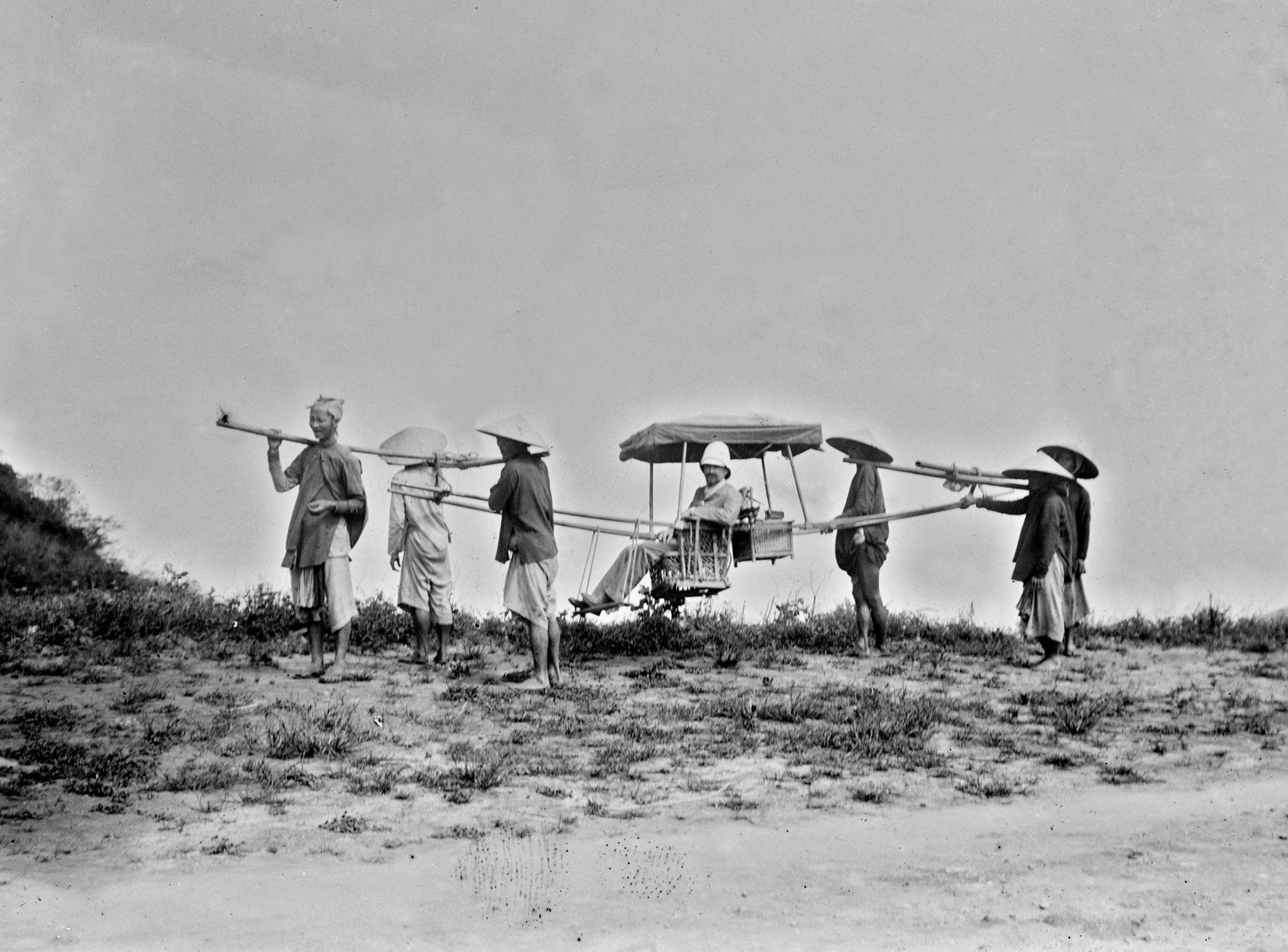
On the way from Da Nang to Hue , 1898
Photo: André Salles (1860 - 1929) - Source: National Library of France
I walked slowly on foot, sometimes holding a stick, sometimes sitting on a rattan chair carried on the shoulders of four strong palanquin bearers; depending on the night, we sometimes slept in a local's house or in a rickety bamboo hut built by the side of the road. If I walked slowly, I could at least cross a majestic country by climbing the Hai Van Pass along the old Cai Quan Road.
The main road to Hue. A road unlike any other, some paved, some sandy, some a dangerous path winding through landslides, some a muddy ditch leading to rice fields.
Leaving Tourane, we crossed a 20-kilometer stretch of coastline. This part of the journey was very unpleasant because of the sunlight reflecting off the beach, not to mention the countless tributaries or lagoons, swamps at low tide, vast lakes at high tide, without any bridges. We were forced to rely on ferries. It was best to avoid this part of the journey by going through the Vung Tau to the small village of Lien Chieu, where the Cai Quan road began to lead up to the Pass of the Clouds [Ai Van, or Hai Van Pass]. A good steamer made the journey in an hour and a half.
This is how I - or rather we - proceeded. I was fortunate to be accompanied by a very kind employee of the Shipping Company named Bertrand, who had to go to Hue. He kindly received me on the Company's sloop, and despite the strong winds and waves, the ship quickly brought us and all our luggage to the small bay of Lien Chieu at about 3 pm.
Getting ashore was a complicated affair. First we got into a fishing boat, a long, tarred bamboo basket boat: soon our little boat, which sank only a few centimeters, ran aground, and the boatmen had to jump into the water to pull it with difficulty. Finally, being so tired, they decided the quickest way was to carry us on their shoulders, and so we got ashore, inevitably splashed with mud.
On the beach, the coolies stood waiting, holding poles; stocky, muscular, muscular men, almost shirtless, their baggy pants pulled up to their hips, their short shirts rolled up and wrapped around their necks. The group of coolies was mobilized by the Lien Chieu station, and we saw a few tents of this station under a row of tall trees, about a gun-length from the shore.
The word "tram" sounds strange when first heard. It evokes in our minds a vehicle running on rails [homophone with the French word "tram", meaning electric car]. "Tram", need I say anything about it? This word has nothing in common with electric cars even though it is pronounced the same. It is simply equivalent to the old post station in our country, but the difference is that the post station here does not have horses. Up to now, Annam has almost only had post stations using people.
Only at a few points on the Cai Quan Road, we see a few skinny horses, but except for a few special cases, people are not allowed to use these horses, they are only used to speed up the transport of state mail in the plains. Each station is about 15 to 20 kilometers apart and is supervised by a team of stations, this work is quite regular. Here, tourists can easily find porters and palanquin bearers.
From Tourane Bay to the Hai Van Pass, the old route had been partly repaired. A road had been built by the Corps of Engineers a few years earlier; although it was not yet complete, full of ditches, landslides and huge granite blocks, it allowed us to quickly cover two-thirds of the distance thanks to a gentle slope. However, it was already late. When we left Lien Chieu, the sun was about to set. Now it was pitch black.
To shorten the distance, we turned onto another path: it was not a path but the bed of a waterfall. The leaders moved forward, bent over, sometimes lying face down, while their comrades behind stood upright with their arms raised, holding the stretcher almost vertically.
They went on, nimble and quick as cats, among jagged rocks, fallen trees, and thorny creepers. Two men went ahead to scout, holding long reed torches. Occasionally they set fire to the bushes. The strong sea wind fanned the flames, and we advanced by the light of the great fire. (to be continued)
Nguyen Quang Dieu excerpted from the book Around Asia: Cochinchina, Central Vietnam, and Bac Ky , translated by Hoang Thi Hang and Bui Thi He, AlphaBooks - National Archives Center I and Dan Tri Publishing House, published in July 2024)
Source: https://thanhnien.vn/du-ky-viet-nam-tren-duong-cai-quan-185241209235423938.htm







![[Photo] Closing ceremony of the 18th Congress of Hanoi Party Committee](https://vphoto.vietnam.vn/thumb/1200x675/vietnam/resource/IMAGE/2025/10/17/1760704850107_ndo_br_1-jpg.webp)




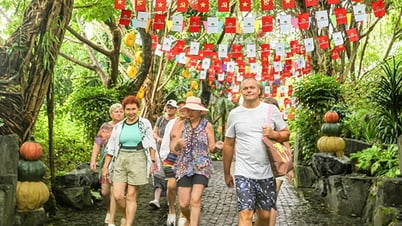
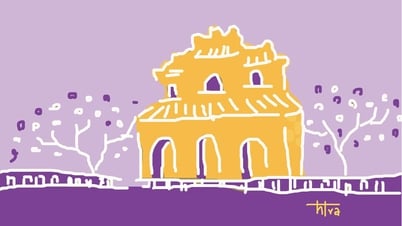

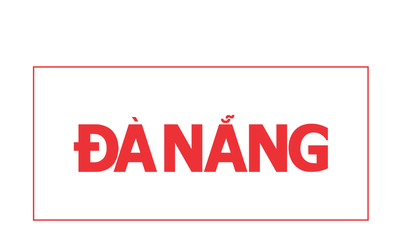

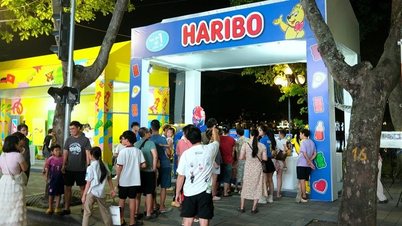

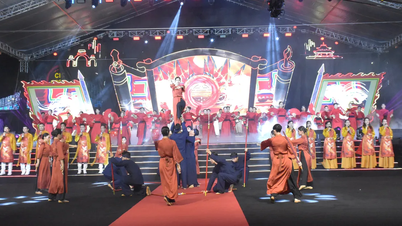



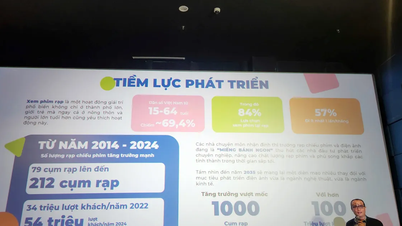






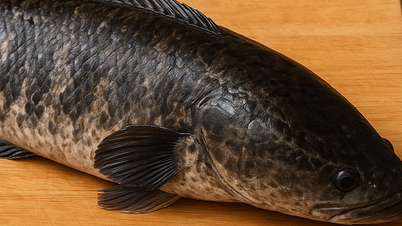
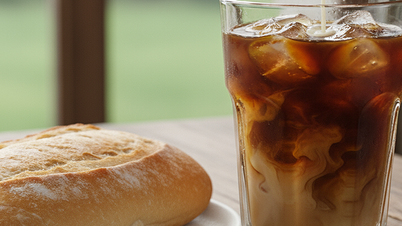





![[Photo] Nhan Dan Newspaper launches “Fatherland in the Heart: The Concert Film”](https://vphoto.vietnam.vn/thumb/1200x675/vietnam/resource/IMAGE/2025/10/16/1760622132545_thiet-ke-chua-co-ten-36-png.webp)

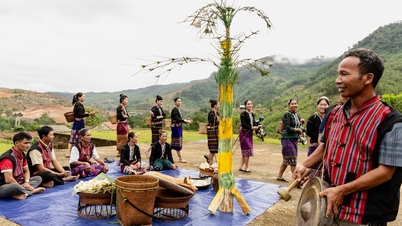



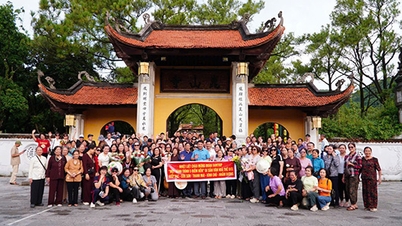

















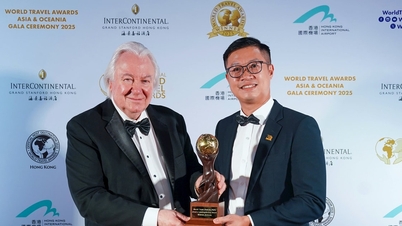
















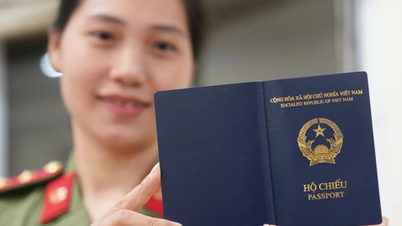
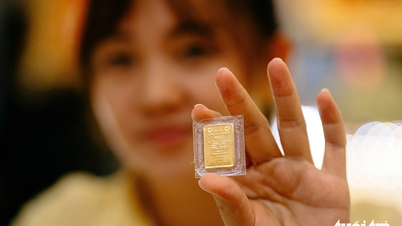
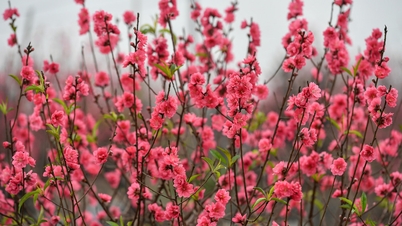



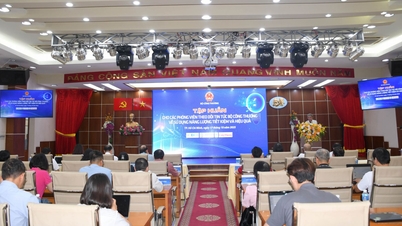

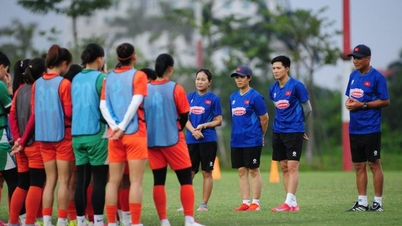

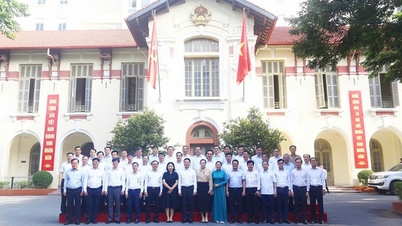



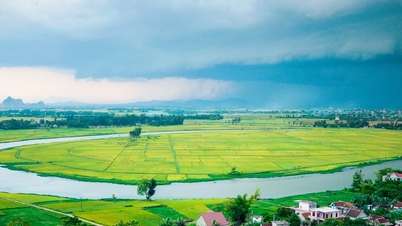



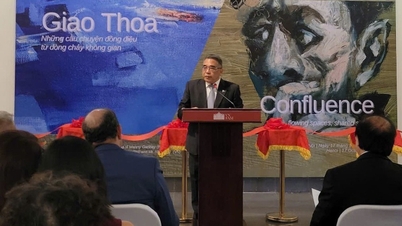



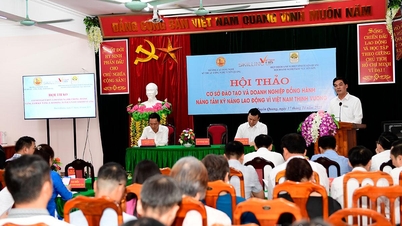











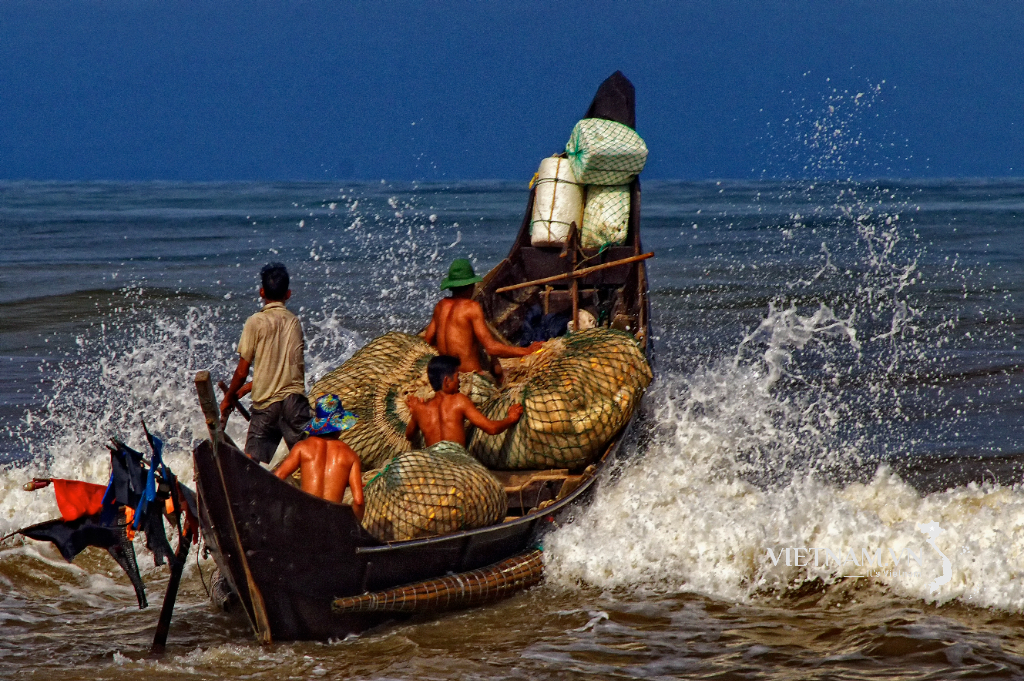


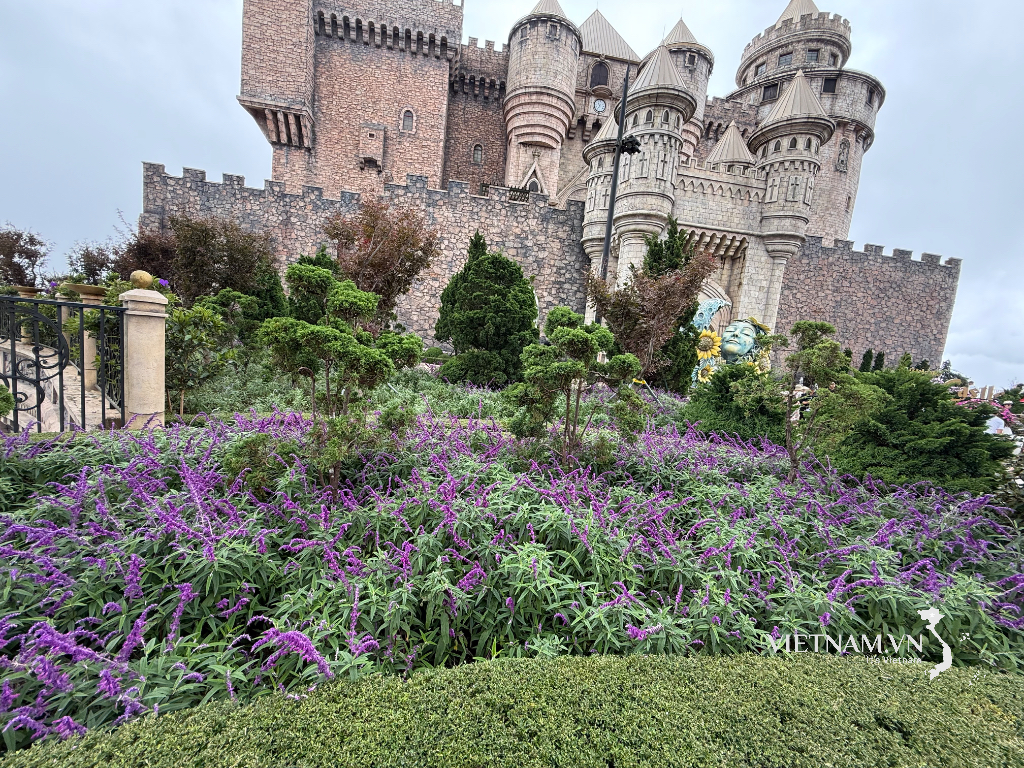
Comment (0)